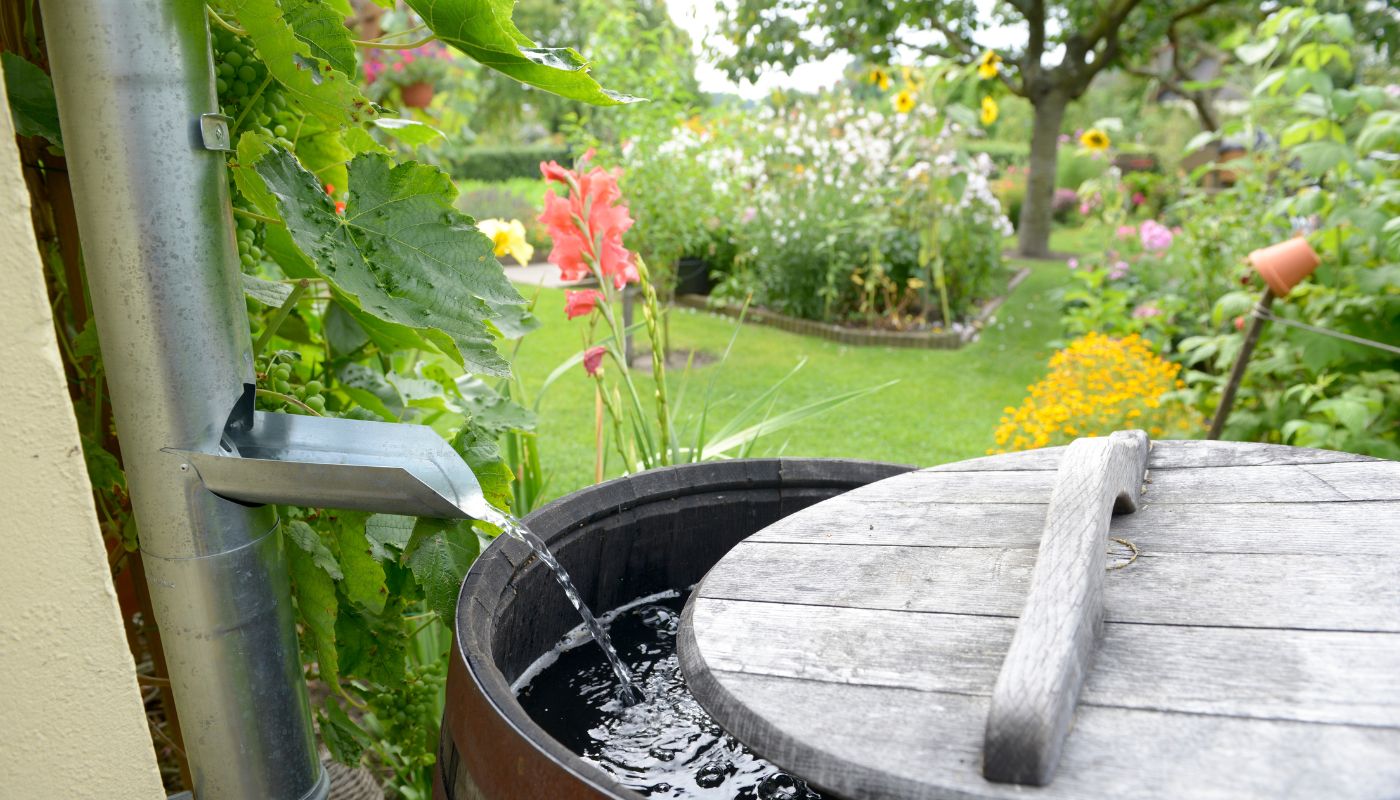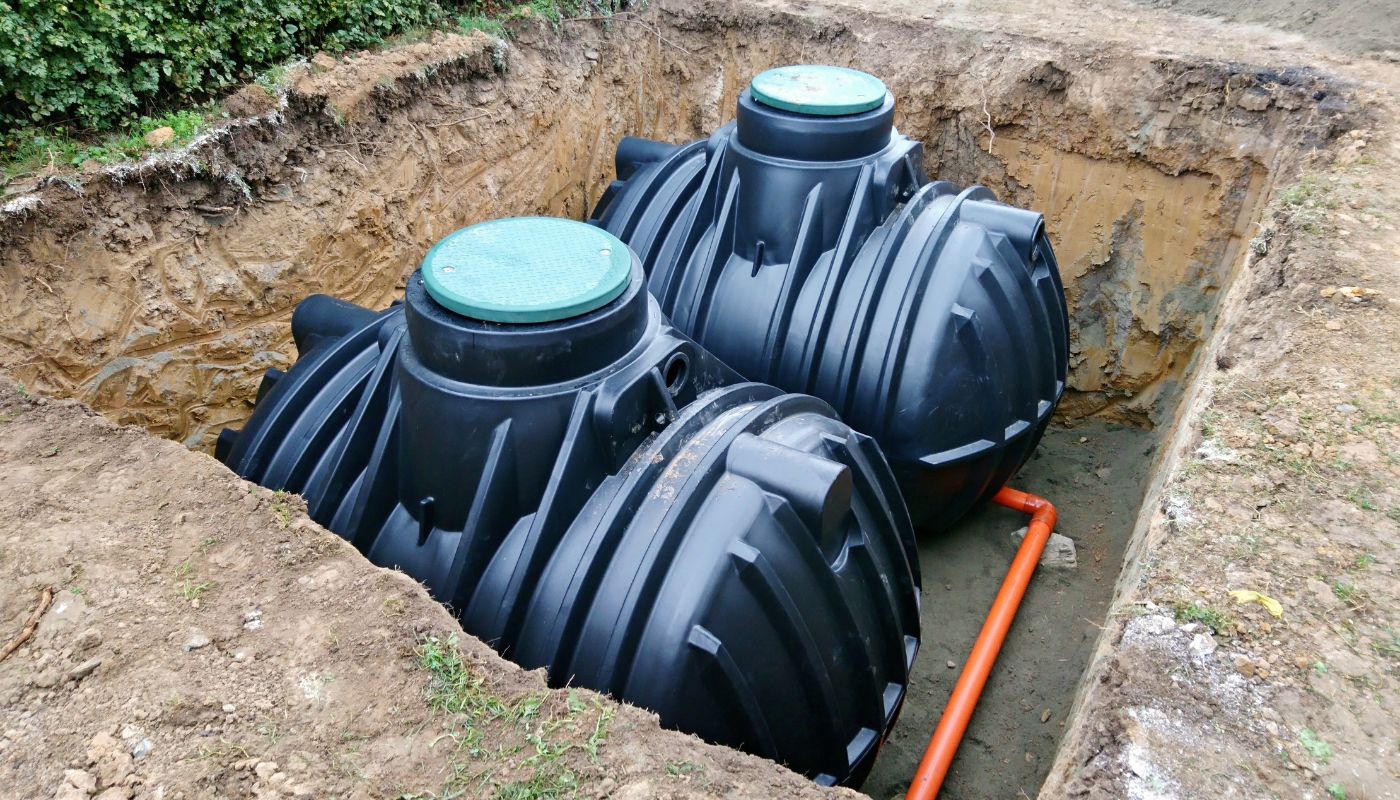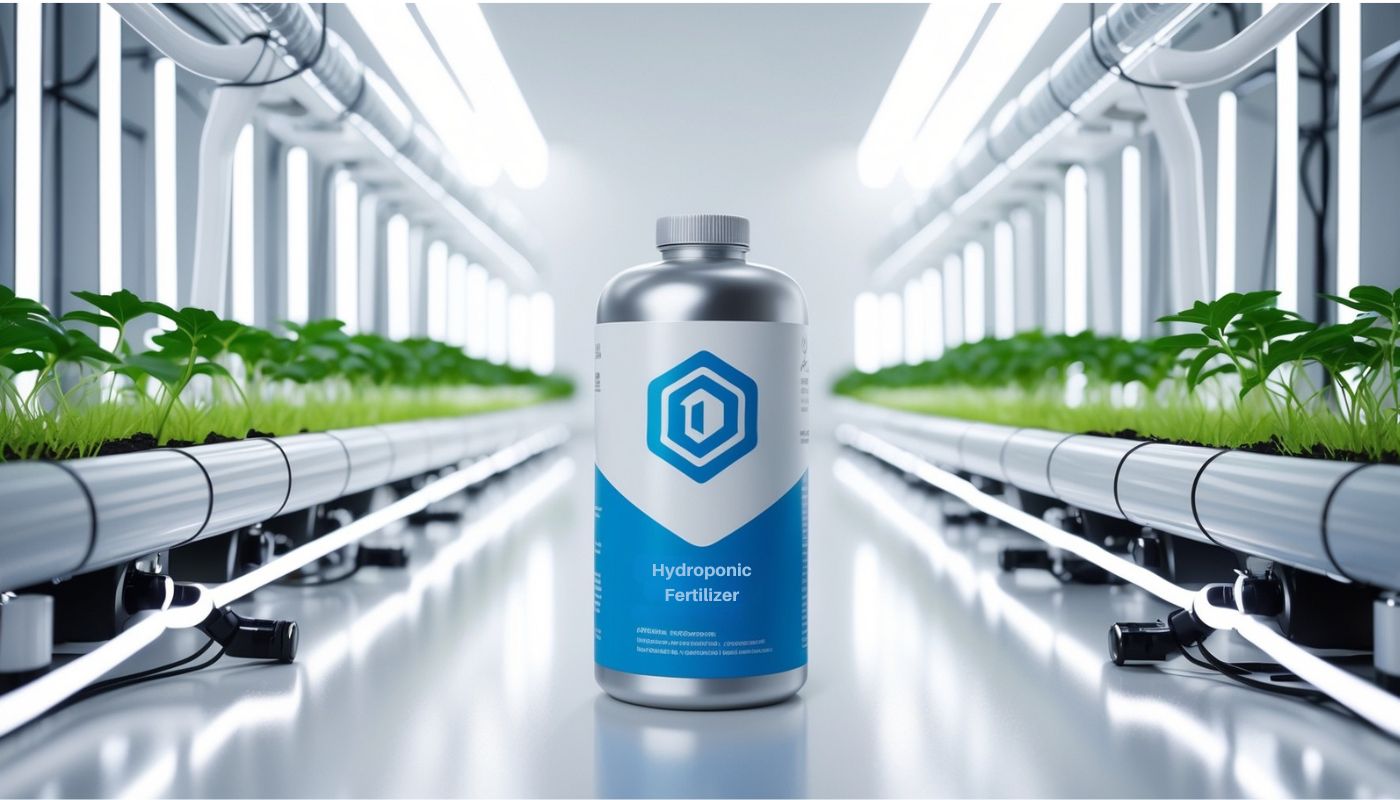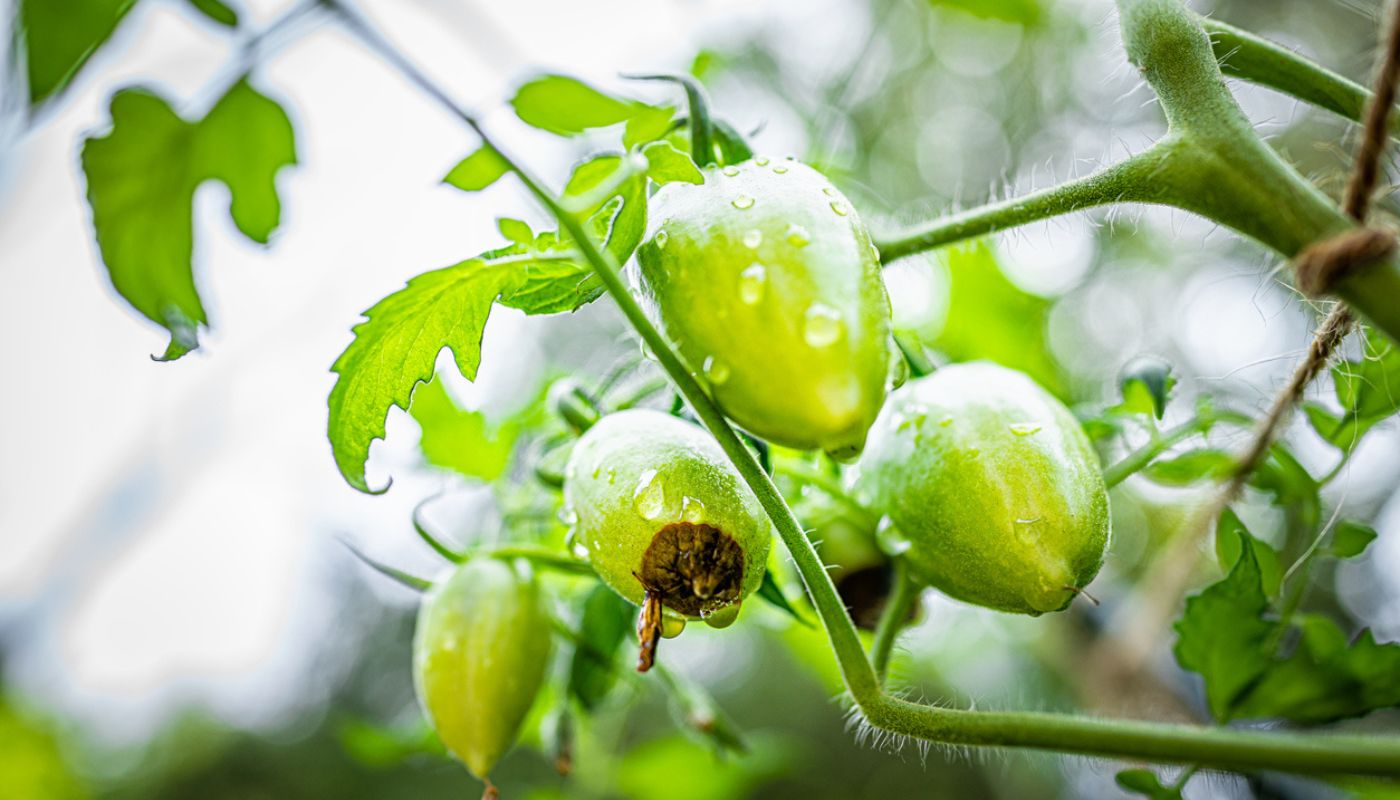
Exploring the Benefits of Rainwater for pH and EC Control
Rainwater, a natural resource that is often overlooked, has a myriad of benefits, particularly in the realm of pH and Electrical Conductivity (EC) control. The use of rainwater in various applications, such as gardening, farming, and even in certain industrial processes, can significantly contribute to the maintenance of optimal pH and EC levels, thereby promoting healthier growth and productivity.
Rainwater is naturally slightly acidic, with a pH level typically ranging from 5.5 to 6.5, depending on the environmental conditions. This acidity is primarily due to the presence of carbon dioxide and other atmospheric gases that dissolve in the rainwater. The slightly acidic nature of rainwater makes it an excellent resource for pH control, especially in soil and water systems that require a lower pH level.
In the context of gardening and farming, the use of rainwater can help to neutralize alkaline soils, which are often detrimental to plant growth. Many plants prefer slightly acidic soil conditions for optimal nutrient uptake. By using rainwater for irrigation, gardeners and farmers can naturally lower the pH of their soil, improving the availability of essential nutrients and promoting healthier plant growth.
Moreover, rainwater is free from the salts and other minerals that are commonly found in groundwater or tap water. These salts and minerals can increase the EC of the water, which can be harmful to plants and can lead to issues such as nutrient lockout. Nutrient lockout occurs when the EC of the water is too high, preventing the plants from absorbing the nutrients they need. By using rainwater, which has a lower EC, gardeners and farmers can prevent nutrient lockout and promote healthier plant growth.
In addition to its benefits for gardening and farming, rainwater can also be beneficial in certain industrial processes. For instance, in industries where the pH and EC of the water can significantly impact the quality of the final product, such as in brewing or textile dyeing, the use of rainwater can help to maintain optimal pH and EC levels, thereby improving product quality.
Furthermore, the use of rainwater for pH and EC control can also contribute to water conservation efforts. By collecting and using rainwater, individuals and businesses can reduce their reliance on groundwater or tap water, thereby conserving these valuable resources.
However, it is important to note that while rainwater can be beneficial for pH and EC control, it is not always suitable for all applications. For instance, in areas with high levels of air pollution, rainwater may contain harmful pollutants that can negatively impact plant growth or product quality. Therefore, it is essential to consider the quality of the rainwater before using it for pH and EC control.
In conclusion, rainwater, with its slightly acidic nature and low EC, offers significant benefits for pH and EC control in various applications, from gardening and farming to certain industrial processes. By harnessing this natural resource, we can not only promote healthier growth and productivity but also contribute to water conservation efforts. However, the quality of the rainwater must be considered to ensure its suitability for the intended application.
Harnessing Rainwater: A Natural Solution for pH and EC Regulation

Harvesting rainwater with a barrel setup to conserve water for gardening and outdoor use.
Harnessing rainwater is an innovative and natural solution for pH and EC regulation, offering a myriad of benefits to both the environment and the user. The use of rainwater for pH and EC control is a sustainable practice that not only conserves water but also improves the quality of the soil and plants.
Rainwater is naturally soft and slightly acidic, with a pH level typically ranging from 5.5 to 6.5. This makes it an ideal solution for pH control, especially in areas where the tap water is hard or alkaline. When used for irrigation, rainwater can help to neutralize the alkalinity of the soil, thereby promoting the absorption of essential nutrients by plants. This is particularly beneficial for acid-loving plants such as azaleas, rhododendrons, and blueberries, which thrive in slightly acidic conditions.
In addition to pH control, rainwater also offers advantages for EC regulation. EC, or electrical conductivity, is a measure of the total dissolved salts in water, which can affect the ability of plants to absorb water and nutrients. Rainwater has a low EC, meaning it contains fewer dissolved salts compared to tap water or groundwater. This makes it an excellent choice for watering plants, as it reduces the risk of salt accumulation in the soil, which can lead to problems such as nutrient lockout and root damage.
Moreover, the use of rainwater for pH and EC control can contribute to water conservation efforts. By collecting and using rainwater, we can reduce our reliance on municipal water supplies, which are often treated with chemicals and can be scarce in times of drought. This not only saves water but also reduces the energy and resources used for water treatment and distribution.
Furthermore, rainwater collection systems can be relatively simple and inexpensive to set up. They can range from basic rain barrels to more complex systems with pumps and filters. Once installed, these systems can provide a steady supply of water for irrigation, reducing the need for tap water and the associated costs.
However, it’s important to note that while rainwater is generally safe for plants, it may not be suitable for human consumption without proper treatment. Rainwater can contain pollutants from the atmosphere or the collection surface, so it should be filtered and disinfected if it’s to be used for drinking or cooking.
In conclusion, harnessing rainwater for pH and EC control offers numerous benefits. It provides a natural, sustainable solution for maintaining the health of the soil and plants, while also contributing to water conservation. With the increasing awareness of the importance of sustainable practices, the use of rainwater for pH and EC control is a practice that is likely to become more widespread in the future. Whether you’re a home gardener or a commercial grower, consider the benefits of rainwater for pH and EC control. It’s a simple step that can make a big difference in the health of your plants and the sustainability of your practices.
The Role of Rainwater in Maintaining Optimal pH and EC Levels
Rainwater, a natural resource that is often overlooked, plays a significant role in maintaining optimal pH and Electrical Conductivity (EC) levels in various environments. The benefits of rainwater for pH and EC control are numerous and can significantly contribute to the health and productivity of ecosystems, particularly in agricultural settings.
Rainwater is naturally slightly acidic, with a pH level typically ranging from 5.0 to 5.5. This is primarily due to the presence of carbon dioxide and other atmospheric gases that dissolve in the water as it falls through the air. This slightly acidic nature of rainwater can be beneficial in environments where the soil or water is too alkaline. By using rainwater for irrigation, the pH level of the soil can be gradually reduced, making it more suitable for plant growth. Many plants prefer slightly acidic soil conditions, and the use of rainwater can help to create these optimal conditions.
In addition to its pH balancing properties, rainwater also has a low EC level. EC is a measure of the total amount of salts in a solution, and in the context of soil and water, a high EC level can be detrimental to plant health. Salts can build up in the soil over time due to factors such as fertiliser use and irrigation with water that has a high salt content. This can lead to a condition known as salinity, which can inhibit plant growth and reduce crop yields. Rainwater, with its low EC level, can help to flush these salts out of the soil, reducing salinity and promoting healthier plant growth.
Furthermore, the use of rainwater for irrigation can also contribute to the conservation of water resources. In many parts of the world, water scarcity is a significant issue, and the use of alternative water sources such as rainwater can help to alleviate this problem. By collecting and storing rainwater for use in irrigation, not only can the pH and EC levels of the soil be optimised, but valuable water resources can also be conserved.
However, it is important to note that while rainwater can be beneficial for pH and EC control, it is not a panacea. The quality of rainwater can vary depending on factors such as atmospheric pollution levels and the materials used in rainwater collection and storage systems. Therefore, it is essential to regularly test the pH and EC levels of both the rainwater and the soil or water it is being used to irrigate to ensure that they remain within optimal ranges.
In conclusion, rainwater can play a significant role in maintaining optimal pH and EC levels in various environments. Its slightly acidic nature and low EC level make it an ideal resource for pH and EC control, particularly in agricultural settings. However, the quality of the rainwater must be monitored to ensure its effectiveness. With careful management and regular testing, the use of rainwater can contribute to healthier ecosystems, improved crop yields, and the conservation of water resources.






